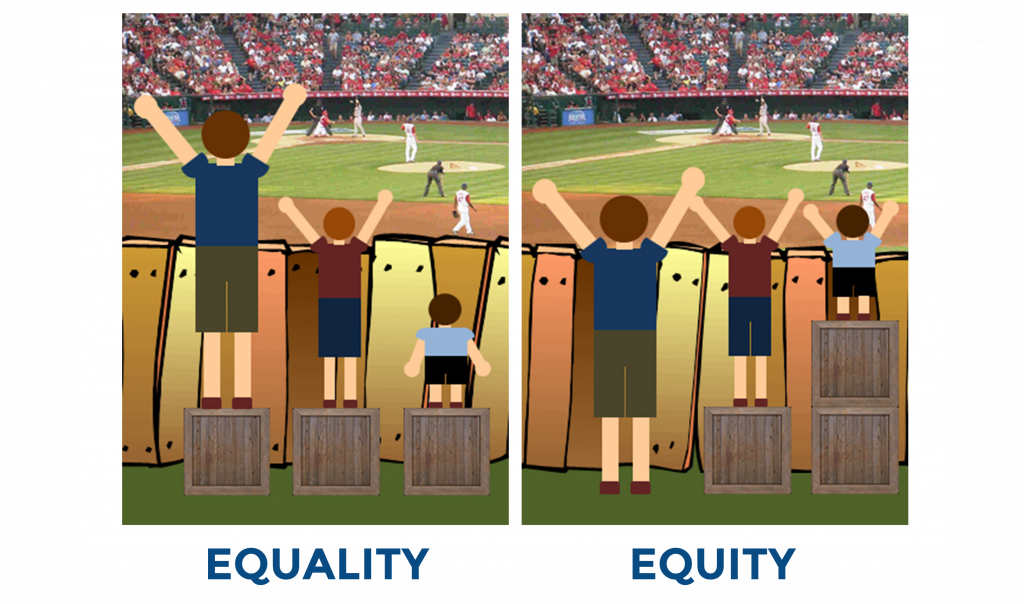5
Last section, we started to explore what UDL is and its importance in how we design and deliver courses. In this section, we will examine in more depth the three principles of UDL: Multiple Means of Engagement, Multiple Means of Representation, and Multiple Means of Action and Expression.
Remember, one goal of UDL is to maximize learning for students with a wide range of experience, knowledge and skills by applying UDL principles to all aspects of instruction. These aspects include delivery methods, physical spaces, information resources, technology, personal interactions, assessments, etc.
After this section you will present a brief summary of the three principles of UDL. For each principle, you will suggest one possible application in your specific course content.
There are three principles that you are learning from the CAST’s UDL graphic organizer, introduced last section: UDL Guidelines (CAST)
Explore
It is interesting how what the students were reflecting on is reflected in the three principles of UDL.
Application of UDL Principles to Your Course
With what you have learned thus far about UDL it is your turn to reflect and share. Summarize the three principles of UDL. For each principle, suggest one application in your specific course content. You can complete this activity in any way that you prefer — Word document, PDF, PPT, visual, audio, video, etc.
Reflection
Considering Current Teaching Practice
We have spent the past two sections exploring UDL. In this section, you will spend time looking at a course you currently teach through the lens of UDL.
Reflect
Perhaps you have seen this image by Craig Froehle in one of its many reiterations:

Source: “Equality” by Craig Froehle on Medium
This image invites us to consider the idea that giving everyone the same thing does not make access equal. We need to provide the options so that students can utilize what provides access for them. Notice in the image that the solution is to provide more boxes but the options for providing equal access could have been a ramp up to the fence or a ladder. Replacing the fence with a see-through barrier might be an option that allows access to all. In today’s educational environment, with its fast changing array of tools, the idea of providing everyone access and choice is incredible. If we can totally design our courses from the onset to eliminate barriers, that is the ideal. Let’s explore your course to really view it through an UDL lens so we can see where some chances might mean better access to all.
Explore/Reflect on Your Own Work/Self Evaluation
Now that you have reflected on a current course or one that you are designing, let’s continue.
“Plus One”
For the past three sections you have been exploring UDL and its implications at the post-secondary school level. In the last section, you took time to evaluate a course through a UDL lens. In this section, you, as a learner, will engage in some activities that will reflect the third principle of UDL: Action and Expression.
Have you noticed that if you learn new teaching pedagogy, your reaction is “Oh no! I need to redo my whole course!” In his book, Reach Everyone, Teach Everyone (2018), Thomas J. Tobin and Kirsten T. Behling introduce the idea of “Plus-One”.
Explore
You can either read the chapter here: Reach Everyone, Teach Everyone — Universal Design for Learning in Higher Education. Adopt the Plus-One Approach [PDF]
or
Watch the video (approximately 40 minutes): Tips for Getting Your Colleagues to Adopt Universal Design for Learning from 2:40 to 44:36.
Instead of thinking that we have to take a wrecking ball to our course, Tobin and Behling help us take a breath and realize that we can take a step at a time.
Now you will integrate UDL principles into your teaching and apply Tobin and Behling’s idea of Plus-One. This is an opportunity to reflect on how you are embracing UDL principles into your course.
For example, you might apply some UDL principles to your syllabus/addendum. In the Orientation of the Virtual Space, Structuring the Online Course module, you were introduced to the idea of a liquid syllabus, an excellent platform for incorporating UDL.
Reflection
Here are some resources that might help with this task.
Analyze your Syllabus
Alternative Ways to Represent Content
Assessments
UDL is for all learners!
Incorporate the principles of UDL into your online course design.
Key Takeaways: Terms & Concepts
- Universal Design for Learning (UDL)
- Center for Applied Special Technology (CAST)
- Multiple Means of Representation
- Multiple Means of Engagement
- Multiple Means of Action and Expression
- Scaffolding
- Authentic, Formative and Summative Assessment
- Plus One
Summary & Application
Approaching course design using UDL principles means that we may avoid the need to “renovate” our courses because we have not considered both access for a broad, diverse group of students and accessibility for those students who require it due to a diagnosis/disability. Let’s build UDL into our courses “from the ground up” rather than needing to provide alternative access to our students who require it. Remember, ramps are used by everyone!
- AHEAD (Producer). (2015, March 20). Student voices on teaching and learning [Video file]. Retrieved November 30, 2021, from https://youtu.be/uZOKvbgYqQQ. ↵

